Top 5 Ways to Use Fava Beans

Wondering what to do with fava beans? This guide will provide you with the nutrition and health benefits, and cooking how-tos with five easy tips and recipes for cooking with this legume.
Appearing in the fairytale Jack and the Beanstalk as the magical beans that sprout into a towering beanstalk, fava beans truly are an extraordinary food. They have been cultivated for an incredibly long time—becoming part of the eastern Mediterranean diet around 6000 BCE. They are very easy to grow and can withstand harsh and cold climates. In fact, because of this quality, Sicilian history has a special place for this legume! During a particularly bad drought in the Middle Ages, fava beans were the only crop to not wither up and die, keeping the Sicilians from certain death. Annually, Sicilians celebrate this magical bean by placing it on altars and cooking it into feasts. Throughout the year, one can expect great fortune if a fava bean is kept in their wallet!
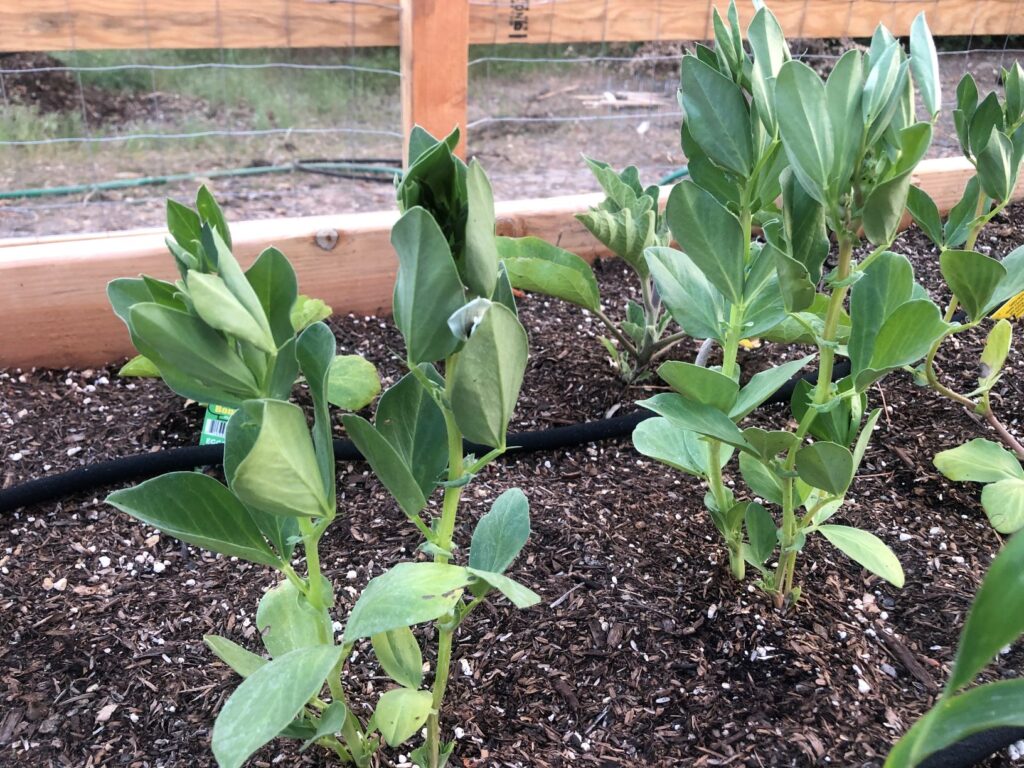
The fava plant is not, unfortunately, a giant beanstalk as tall as the clouds, but it can reach heights of 6 feet. The flowers are white and have a strong, sweet scent, adding to their mystical intrigue! The beans are a pale green and are very large and flat. Usually, they are eaten while they are young and tender, when they can be steamed for as little as 10 minutes, though some people prefer to remove their outer coating before serving. When fava beans are mature and dried, you may want to soak and remove the exterior coating, and then cook them until they are tender as you would other beans. Look for them in the spring and summer at farmers markets, or grow them in your own garden. You can also find frozen fava beans in many markets, since it may be hard to find fresh ones—which are very seasonal—in supermarkets. You can also find the dried and canned variety in well stocked grocery stores or online.
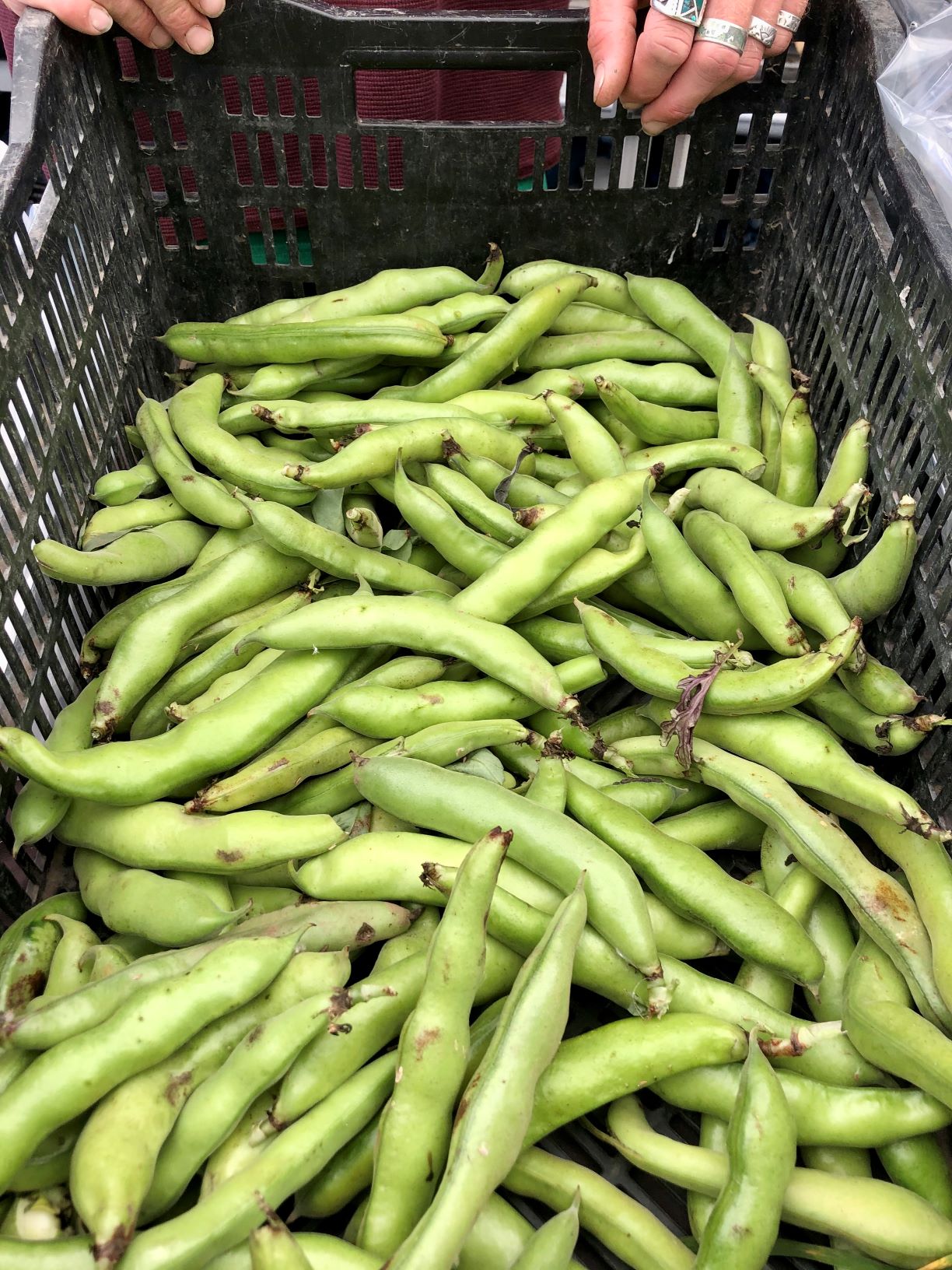
These lucky beans are also a great source of nutrients, with a 100-gram serving supplying over 100% of the daily value for folate, or Vitamin B9. Additionally, the same serving has over 26 grams of protein and 25 grams of dietary fiber, meaning these beans are super for your digestive tract. You also get a great dose of the minerals manganese, phosphorus, and magnesium.
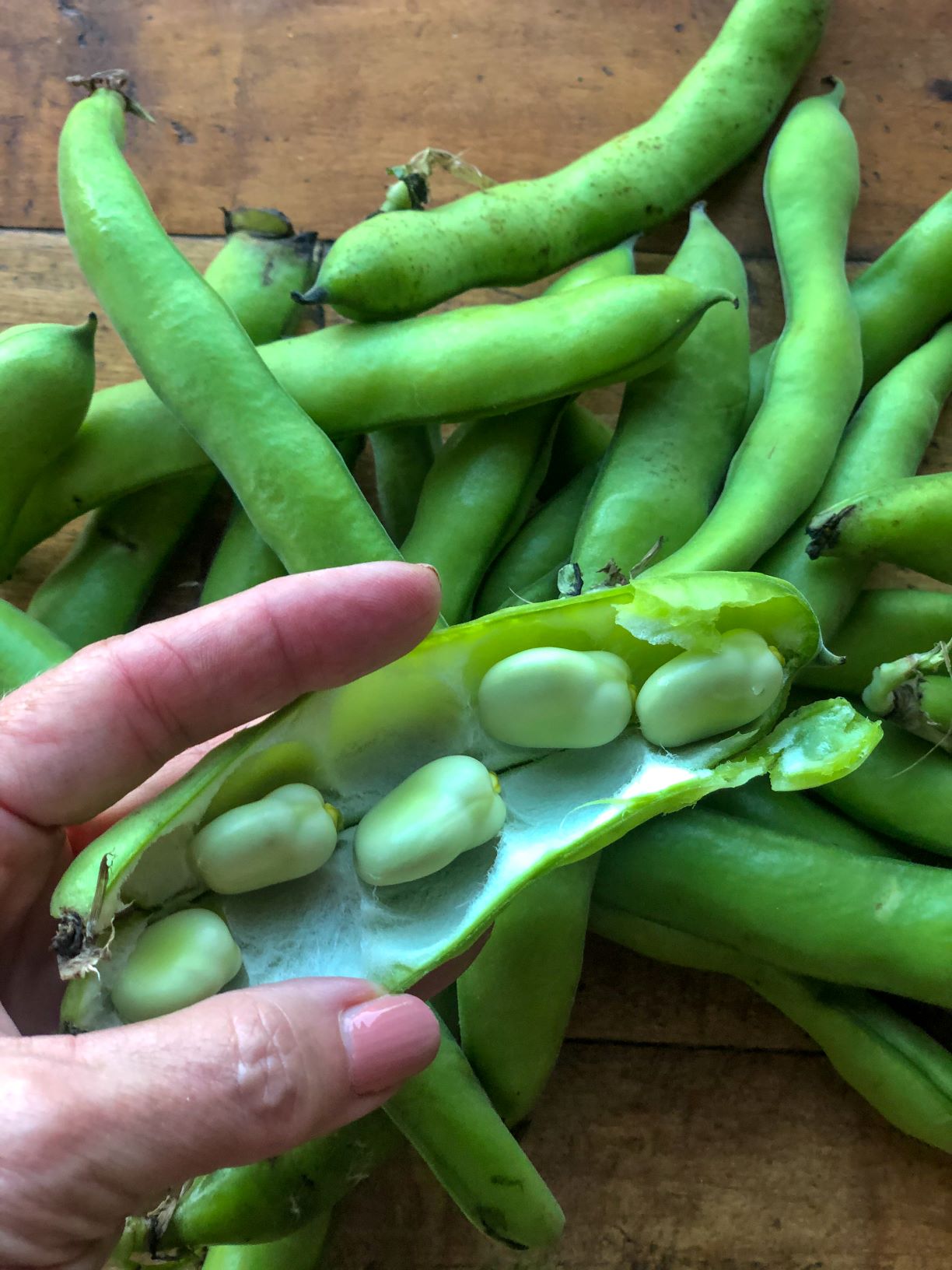
As they are so traditional, there are tons of interesting uses for these beans. In Egypt, they are used to make falafel, and in the Netherlands, they are eaten with herbs. They were used for divination—or favomancy—and are baked into Christmas cakes in Spain and Portugal, similar to the King Cake tradition during Mardi Gras. The Pythagoreans were forbidden from eating, mentioning, or even looking at fava beans! However, we aren’t, and so let’s get into the Top 5 Ways to Use Fava Beans.
Top 5 Ways to Use Fava Beans

1. Sauté into a Side Dish. Toss these versatile beans into a pan and sauté with onion, olive oil, garlic, herbs, and other delicious ingredients.
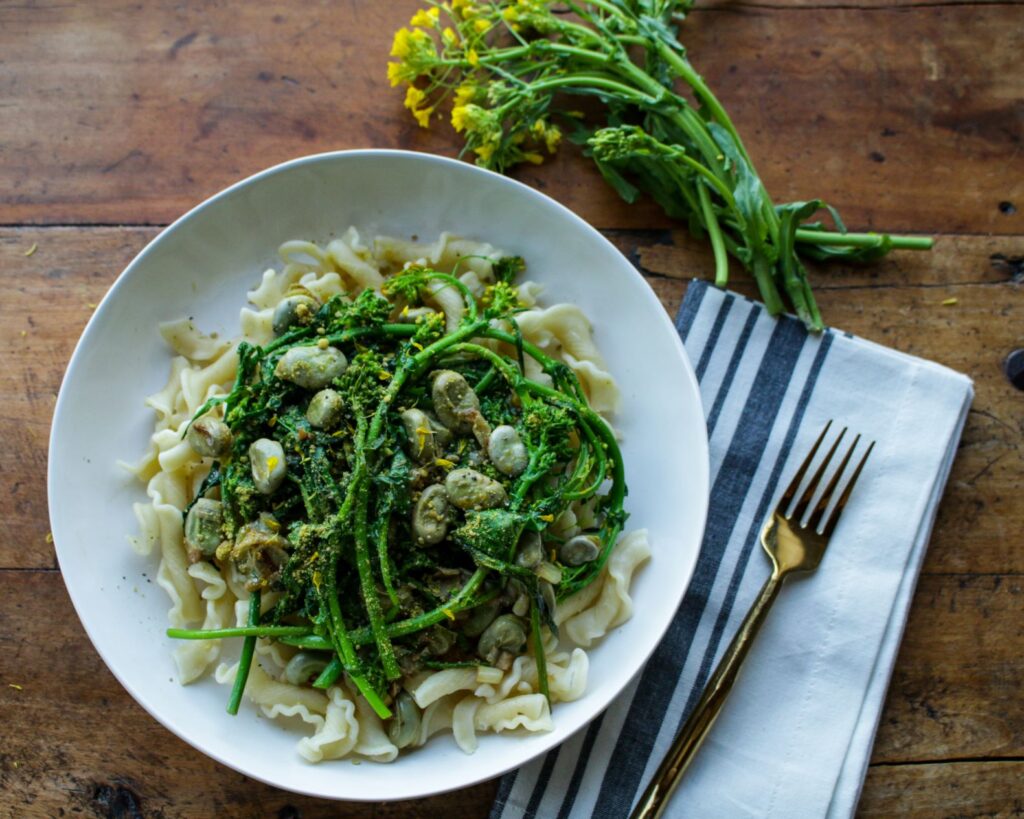
2. Stir into a Pasta Dish. Add some protein to your pasta dishes by stirring in some fava beans. Sauté or fry them for a little crunchy texture, or just sprinkle cooked over top for a garnish!

3. Blend up Some Green Hummus. You don’t need only chickpeas to make hummus, so try swapping half or all of them out for some prepared fava beans! Add garlic, olive oil, tahini, and some delicious spices to make a tasty hummus dip.
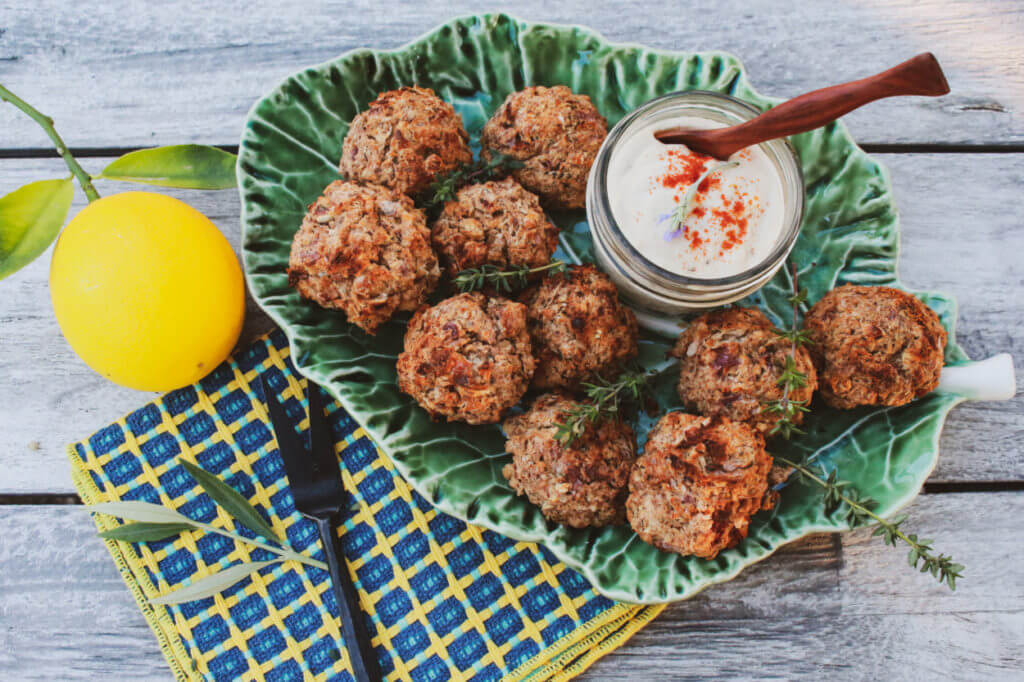
4. Mix into Falafel or Veggie Balls. Fava beans are commonly used to make falafel in Egypt. In fact, using them is much simpler than using chickpeas—and both produce the crunchy texture and delicious flavor that I love!

5. Add to Your Soup. This legume helps to bulk up your soups and stews, and they also add lots of protein and fiber. Just toss in a few fresh fava beans or soaked dried fava beans to your favorite vegetable soup recipe.
For more guides on how to enjoy plant foods, check out these:
Top 5 Ways to Use Carrots
Top 5 Ways to Use Quinoa
Top 5 Ways to Use Brown Rice
Top 5 Ways to Use Blackberries
Written by Sharon Palmer MSFS, RDN with Kathryn Atkinson, dietetic intern



